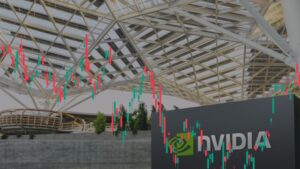Bitcoin’s long-term bullish trajectory is expected to remain intact despite the potential for a significant price dip to $77,000 in 2025, according to analysts. While short-term volatility could challenge investor sentiment, market experts believe that structural factors, including institutional adoption and supply constraints, will continue to drive Bitcoin’s broader uptrend.
Historically, Bitcoin bull markets have been marked by sharp pullbacks, often shaking out leveraged traders before resuming upward momentum. Analysts argue that even if BTC experiences a deep correction next year, it would still be consistent with previous cycles, where retracements of 20-30% have been common before reaching new highs.
The latest projections come amid growing institutional demand, particularly through spot Bitcoin ETFs, which have helped stabilize the market by increasing long-term holding pressure. As more traditional investors enter the space, analysts suggest that Bitcoin’s price floor will continue to rise, reducing the likelihood of extreme crashes similar to those seen in previous cycles.
At the same time, macroeconomic conditions remain a key factor. The Federal Reserve’s monetary policy and broader risk sentiment in global markets will influence Bitcoin’s performance. If interest rates remain elevated for longer, liquidity constraints could lead to temporary sell-offs, but a shift toward easing could provide fresh momentum for risk assets, including cryptocurrencies.
Technically, $77,000 is seen as a potential support level in the event of a pullback, with resistance likely forming near all-time highs. Market participants are closely watching Bitcoin’s halving event in 2024, which historically has acted as a catalyst for significant price appreciation in the following years.
While the possibility of corrections remains, Bitcoin’s long-term bullish case remains intact, supported by increased adoption, declining issuance, and a maturing market structure. Investors remain cautious but optimistic, with many treating dips as buying opportunities rather than signals of a trend reversal.
















